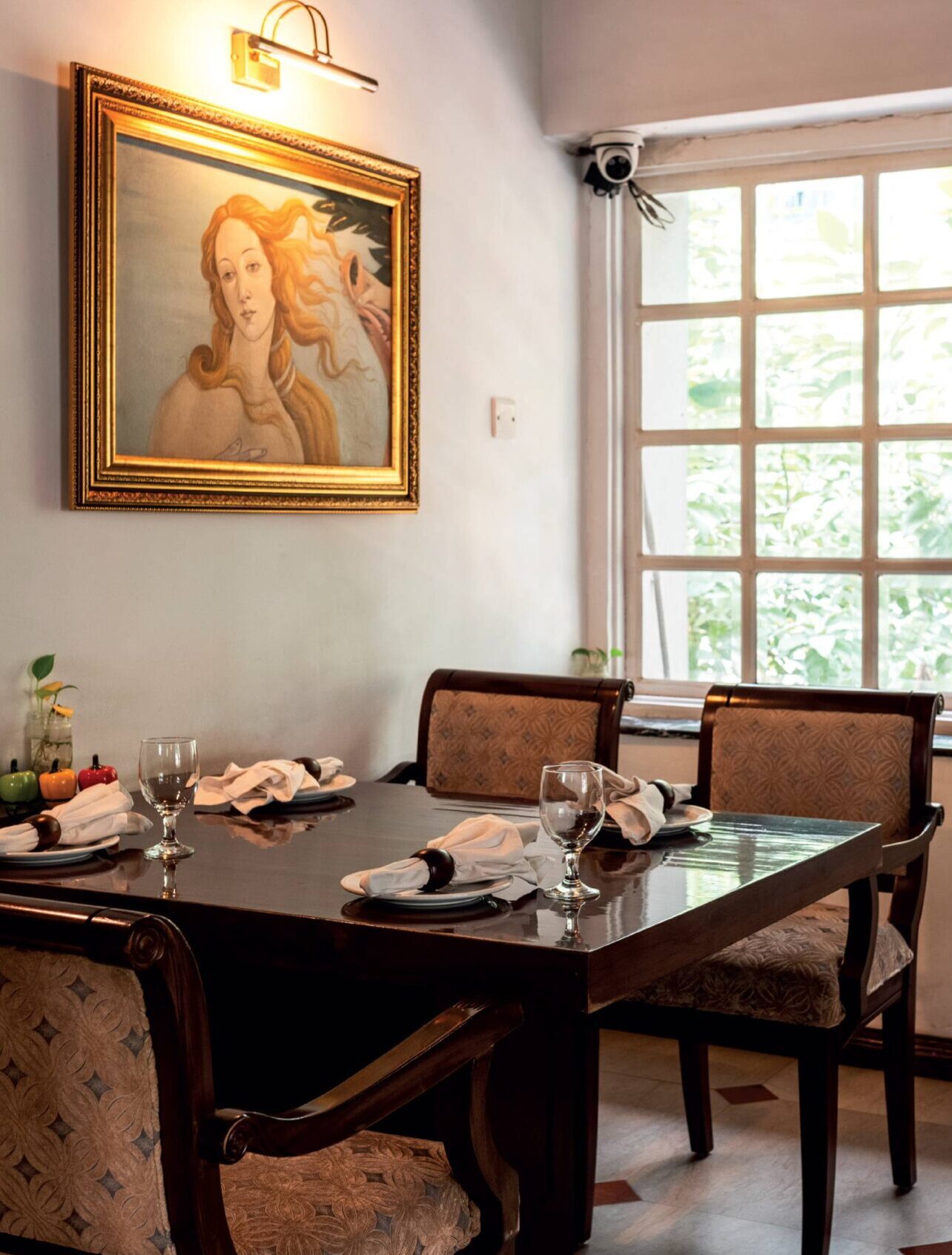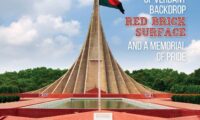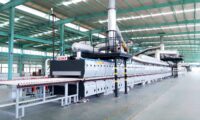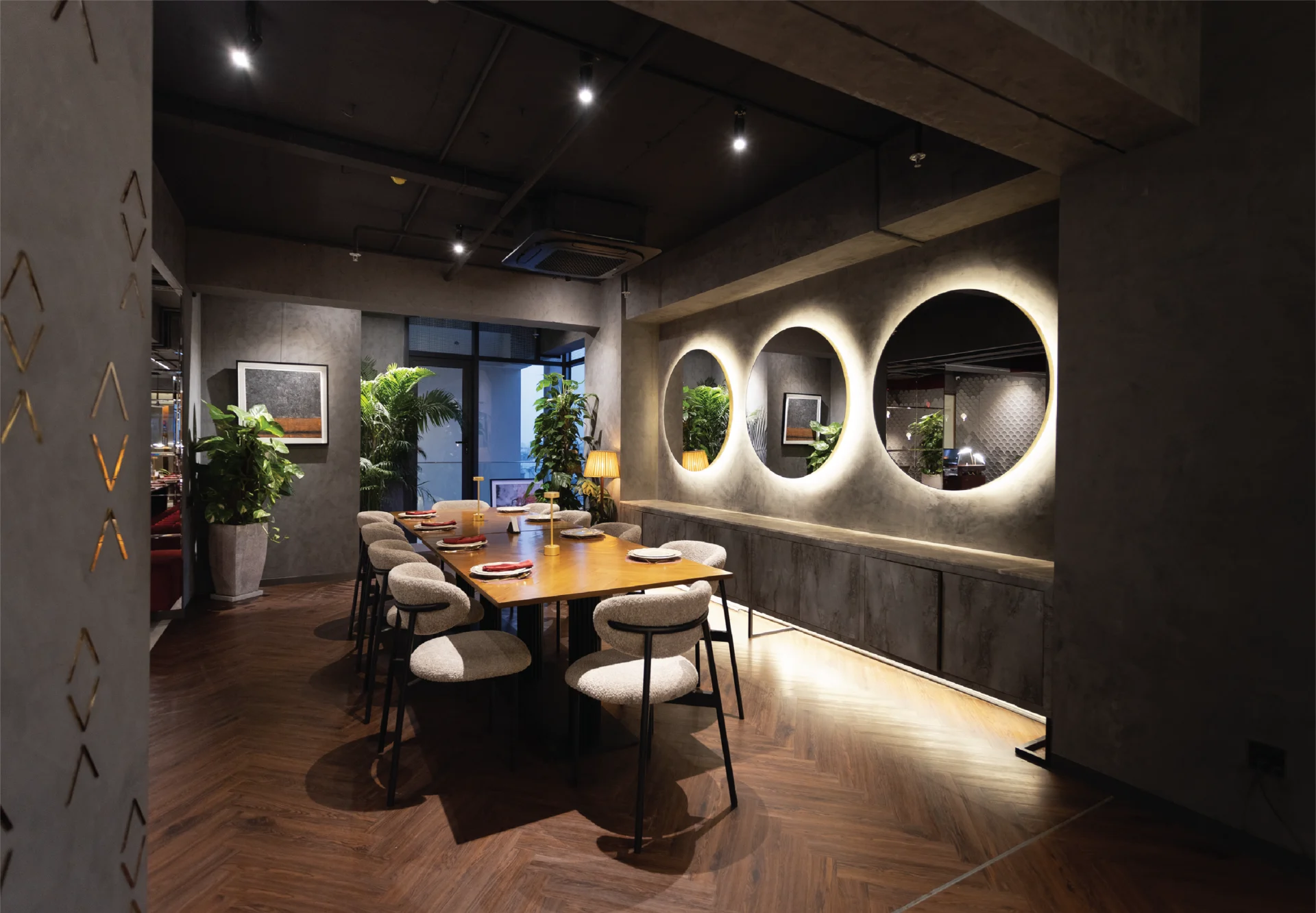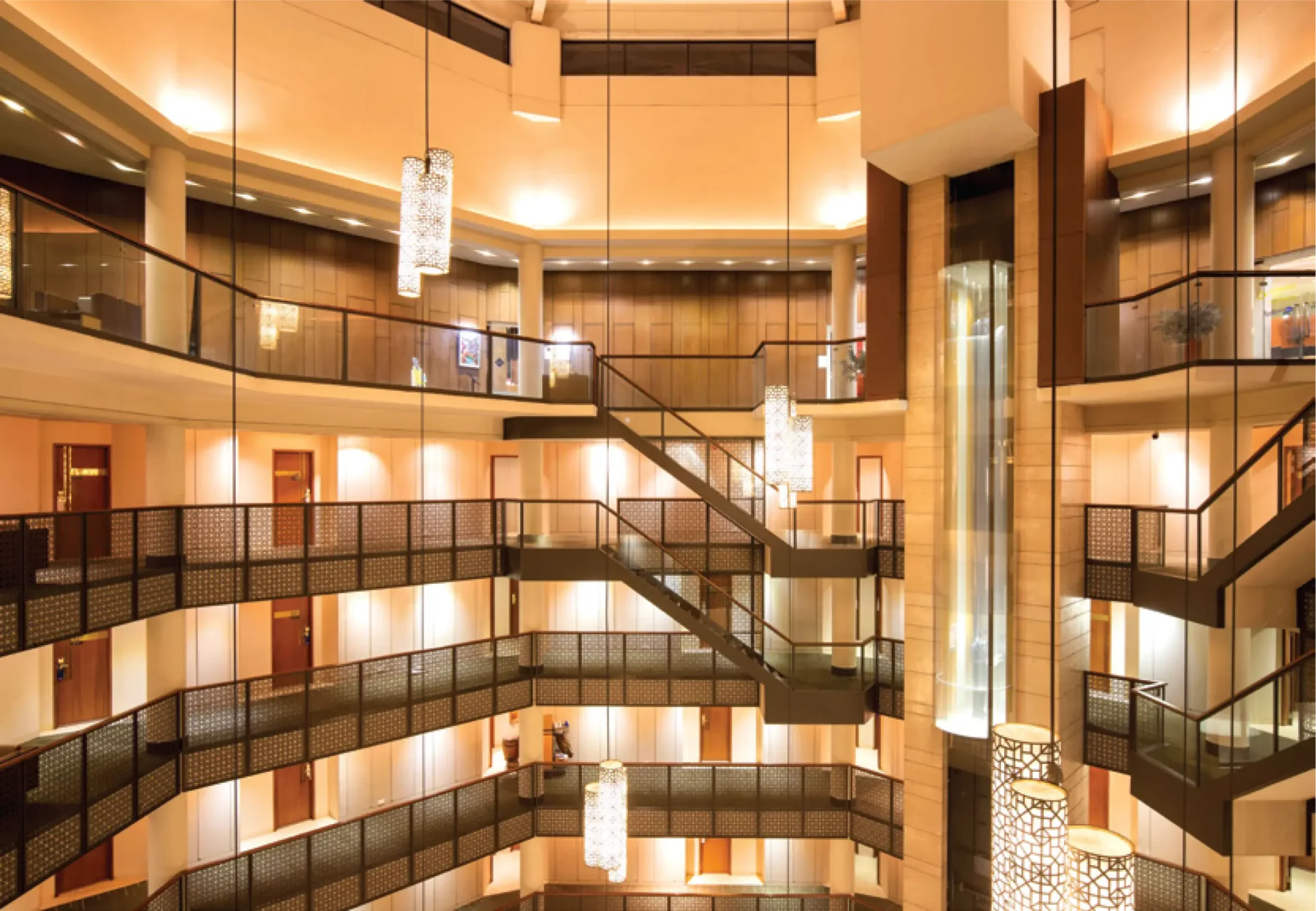
Pursuing Prestige: The Radisson blu water garden
We rarely find a person acquainted with Dhaka who has not heard the name Radisson Blu Dhaka Water Garden or has not seen the iconic pitched roof building on the airport road. For years the name has carried the essence of luxury, exclusivity, and prominence to mass people. Just paying a visit to Radisson is enough to make someone feel special. Since 2006, Radisson Blu Dhaka Water Garden has been a prominent name in the luxury hotel market. The luxury and exclusivity with a touch of nature make it the perfect blend for people who want to experience proper five-star hospitality in Dhaka. Radisson Blu Dhaka Water Garden is between the city center and the airport area, making it easy to locate and access, especially for international travelers, including most of the target group. Being situated away from the urban chaos gives it a spacious room to breathe, making it worth battling through the Dhaka traffic to spend quality time with the city dwellers. The building stands as an icon of a five-star hotel in Dhaka city amidst water bodies and green landscapes. The whole area comprises 7-acre of land, but the building stands only on 2.5 acres, leaving the rest to embrace the natural landscape. It becomes hard to miss due to the fusion of Modernist architecture with the nostalgia of our traditional pitched roof. The project is a partnership between the property owner, Sena Hotel Developments Limited, and the multinational corporation, Radisson Hotel Chains, which provides quality management. International and local consultants worked together to develop the building by the brand criteria. Every element, from service, food, room amenities, comfort, building materials, and local experience to security and safety, is carefully designed to provide guests with a meaningful and unforgettable experience. The grand ramped driveway is one of its kind in this hotel. It is rare to find such a spacious approach in Dhaka due to the congestion and scarcity of land. One can see the unhindered view of the cityscape of Dhaka from the drop-off area, overlooking the wide airport road. After a careful security check, the ceiling height change to the lounge is awestriking. This open salon is visible from all floors above. Its height has been scaled down to human proportions by chandeliers of various sizes and height levels, which creates a more inviting atmosphere. The visual drama of the lounge and its modernist design, circular shape, and strategically placed features give the space an impressive appearance. It provides an interactive space for both the visitors and the occupants. The main entrance is from the first floor, and all the public functions comprise the ground floor and first floor, making it easily accessible without any contact with lift buttons or door handles- which proved to be highly useful during the Covid-19 situation. Radisson Blu Dhaka Water Garden, is one of the prominent names in arranging national and international high official Government and private events, particularly in terms of its security and hospitality. They offer versatile conference rooms that can accommodate up to 1,100 attendees, ensuring the success of events of all sizes covering approximately 3,000 square meters. The Grand Ballroom’s 990 square meters can accommodate a memorable wedding celebration or buffet. The Utshab Banquet Hall is available for product-launching-style events. Several boardrooms are also accessible for personal meetings, training courses, breakout sessions, and other smaller events. Healthy food over taste is a primary priority at Radisson Blu Dhaka Water Garden. The four restaurants and one bar named Blaze Entertainment Lounge & Bar, try to maintain the international standard in every dish. One can enjoy fresh, wholesome Bangladeshi cuisine at ‘Sublime’- a restaurant perfect for a romantic evening or an important client meeting. ‘The Water Garden Brasserie’ can be a perfect option for breakfast, lunch, or dinner, and choose from the international buffet and cook-to-order stations. ‘Spice & Rice’ offers a contemporary twist on Asian food, and ‘Chit Chat’, a deli café, can satisfy the cravings for savory snacks and sweet treats. They also have a dedicated space for smoking called ‘the Cigar bar’. The hotel business is going through a period of transition. The market has been divided into subsets to cater to a wide range of potential clients. Radisson Blu Dhaka Water Garden strives to appeal to locals and tourists by incorporating local cultural elements into its decor and the standard they promise. Radisson Blu Dhaka Water Garden offers accommodation services with its 200 five-star standard hotel rooms and suites. All the rooms have a balcony that offers stunning views of the hotel’s pool, rich landscape, and bustling city streets. In addition, they offer non-smoking floor services for the convenience of their customers. A significant feature of this hotel is the abundance of positive natural light seen throughout. At different times of the day, the play of light and shadow produces contrasting yet complementary effects. The garden, pool, and pond create sublime atmospheric peace. The pond area’s natural splendor lies in the fact that it has been preserved in its original setting, thus enhancing the genuineness and significance of the overall experience. The significance of this pond is enhanced by the jogging path that circles it. The open lounge area next to the pool, surrounded by organized nature, is a beautiful spot to spend some quiet time in the fresh air. The entire garden is planned such that there are always blooms to be seen, no matter the time of year. Radisson Blu Dhaka Water Garden, tries to encourage energy conservation and an eco-friendly environment. They reduce water waste by rainwater harvesting. The hotel promotes low and efficient water and electricity use by creating awareness whenever possible. They utilize as much natural light as possible indoors, given that most of the space is outdoors. The day light-sensitive technology used in light fixtures ensures minimal or no waste of energy. Radisson Blu Dhaka Water Garden promises to provide the best when it comes to service. However, finding skilled human resources who can meet the
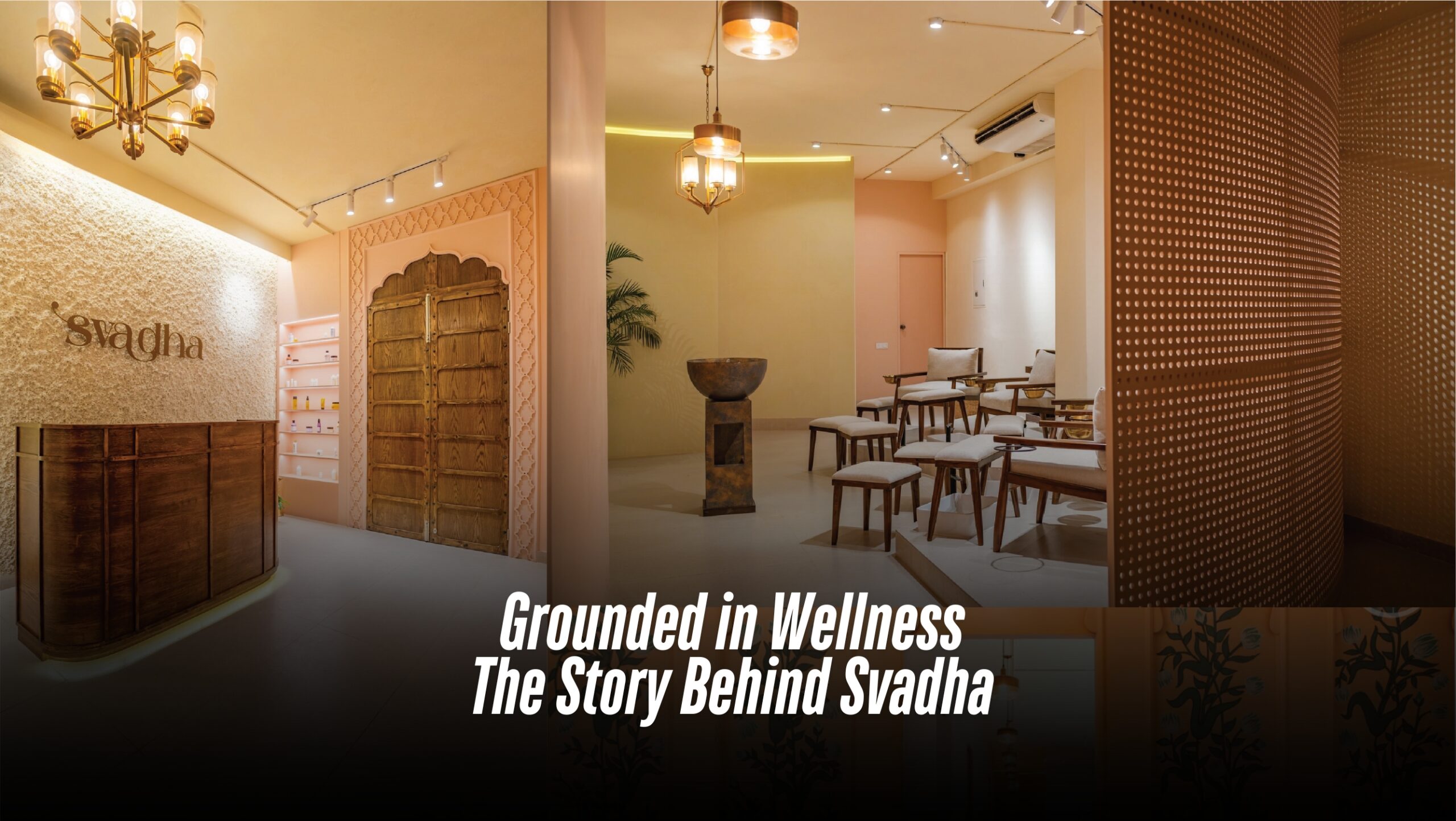
Grounded in Wellness: The Story Behind Svadha
Over the past decade, Bangladesh’s spa and salon culture has gone through a quiet but striking revolution. The once-flashy, first-service catered parlours have given way to curated wellness havens that prioritize experience over gimmicks. From Faux-Thai facades, a new design language is emerging. At the forefront of this transformation is Svadha, the country’s first salon to fully integrate Ayurveda into its core philosophy. But it’s not just their services that set them apart, it’s the atmosphere. Their aesthetic blends the royalty of Mughal architecture with the earthy soul of Marrakesh, creating a space that feels both grounded and luxurious. Svadha is a family-led vision brought to life by Rumjhum Fattah, her brother, Md Golam Rezwan, and sister-in-law, Behtarin Chowdhury Ridma. While the trio has long been a part of Bangladesh’s RMG sector, Svadha marks their first foray into the world of beauty and wellness, and they’re doing it on their terms. The name Svadha, derived from Sanskrit, beautifully translates to “self-care” and “self-love”—an ethos that defines everything the brand stands for. “At Svadha, we’re not here to sell beauty or grooming services,” says Rumjhum. “We’re here to create a space where people can slow down, tune in, and prioritize their well-being.” Svadha is located in the heart of Gulshan Avenue and comprises a total area of around 3300 square feet. The interior, designed by the creative minds at Studio R.A.R., is a visual and sensory ode to stillness, grounding, and mindful indulgence. “Svadha is a true embodiment of peace and tranquillity,” shares co-founder Behtarin Chowdhury Ridma. “From the lounge to the treatment rooms, we wanted every inch to feel like a retreat, where the stress of daily life simply melts away. To achieve that, we explored a palette of earthy tones and tactile, natural materials.” She pointed out that most salons in the city are built around speed and efficiency, often at the expense of comfort. “Everything is so fast-paced—walk in, get the service, walk out. There’s hardly ever a moment to truly unwind,” she reflected. At Svadha, the philosophy is deliberately different. The space is intentionally kept open and airy, avoiding unnecessary partitions or a heavy-handed layout. “We wanted to let the space breathe, just like our clients,” she added. There are no false ceilings or forced divisions; instead, the design embraces fluidity, allowing natural light and movement to flow freely. Catering to working women, Svadha brands itself as a wellness retreat. “Our clients come not just to look good, but to feel good. After long hours at work, they deserve to be unrushed, cared for, and truly pampered.” Drawing inspiration from Moroccan and Indian architectural traditions, the space features intricately carved wooden mirror frames, classic oil lamps, and a striking antique doorway that sets the tone from the moment you enter. A gentle water fountain hums in the background, further enhancing the atmosphere of calm. “We wanted to infuse the space with elements of nature and its calming rhythms,” shared Rumjhum. “The water fountain, placed thoughtfully within the layout, is a quiet homage to that intention, a gentle nod to movement and serenity. Throughout the space, you will find indoor plants too” Lighting, too, was carefully curated to complement this ambiance. There’s a deliberate avoidance of harsh, bright lights. Most areas are bathed in soft, ambient illumination, dimmed and mellow to encourage relaxation. However, in zones like the makeup and hair stations, where precision is key, the lighting is thoughtfully intensified to ensure clarity without disrupting the overall calm. One of the standout features of the salon is the textured wall next to the reception where the metal brand name is hung. There is also a graffiti wall, commissioned by a Fine Art student of Dhaka University where Mughal-themed flowers are painted. Every piece of furniture in the salon has been custom-crafted in-house. Each zone has been thoughtfully planned to serve its specific purpose, whether it’s a quiet waiting lounge, a private treatment room, or a styling station. Every detail, down to the custom-built furniture, typography on the walls, and curated lighting reflects Svadha’s vision of a wellness destination that feels both intimate and elegant. Written by Kaniz F Supriya

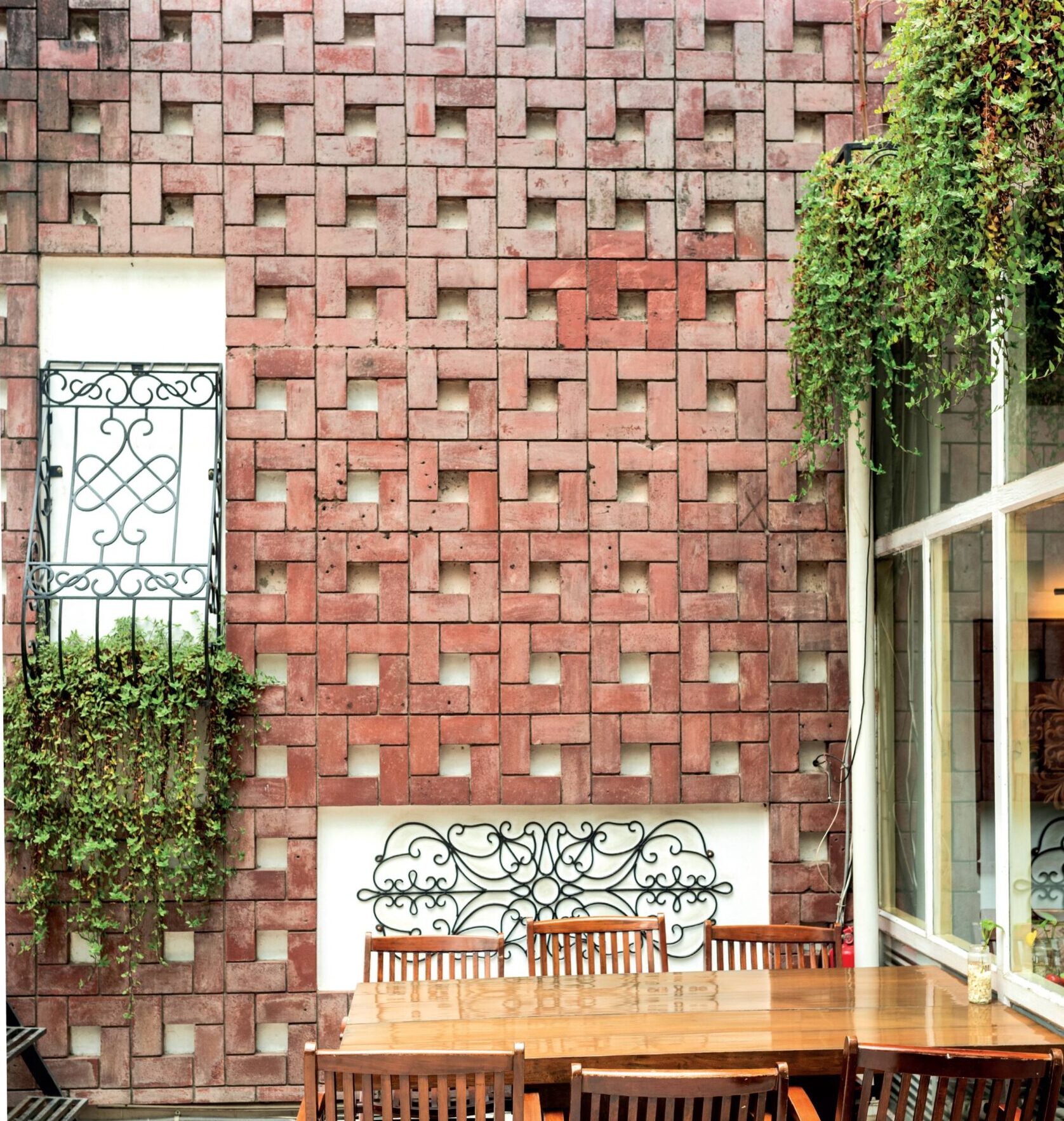 As I entered the restaurant from the balcony, the interior instantly offered an elegant and calm ambiance. In the scorching summer heat of the Dhaka city, my mind and body felt much more relaxed with its cozy horizon and a hint of Flamenco music playing in the background. Your eyes might get stuck on the paintings, décor pieces, and furniture that contain a dash of Italy. What caught my eye was the miniature frontage of the Roman Colosseum built right next to the tranquil balcony area, as if I were sitting right in Rome. I wondered how one can get a diverse experience during different weather conditions while they sit here and enjoy their meal. Another factor that came to my attention was the seating arrangement made for different sets of customers. The place seems to be fit for both family outings and romantic candlelit dinners. Meanwhile, I happened to bump into the chief chef, Faisal Aziz, who was nothing but an absolute pleasure to chat with. He talked about his inspiring culinary credentials and his journey of mastering his craft.
As I entered the restaurant from the balcony, the interior instantly offered an elegant and calm ambiance. In the scorching summer heat of the Dhaka city, my mind and body felt much more relaxed with its cozy horizon and a hint of Flamenco music playing in the background. Your eyes might get stuck on the paintings, décor pieces, and furniture that contain a dash of Italy. What caught my eye was the miniature frontage of the Roman Colosseum built right next to the tranquil balcony area, as if I were sitting right in Rome. I wondered how one can get a diverse experience during different weather conditions while they sit here and enjoy their meal. Another factor that came to my attention was the seating arrangement made for different sets of customers. The place seems to be fit for both family outings and romantic candlelit dinners. Meanwhile, I happened to bump into the chief chef, Faisal Aziz, who was nothing but an absolute pleasure to chat with. He talked about his inspiring culinary credentials and his journey of mastering his craft.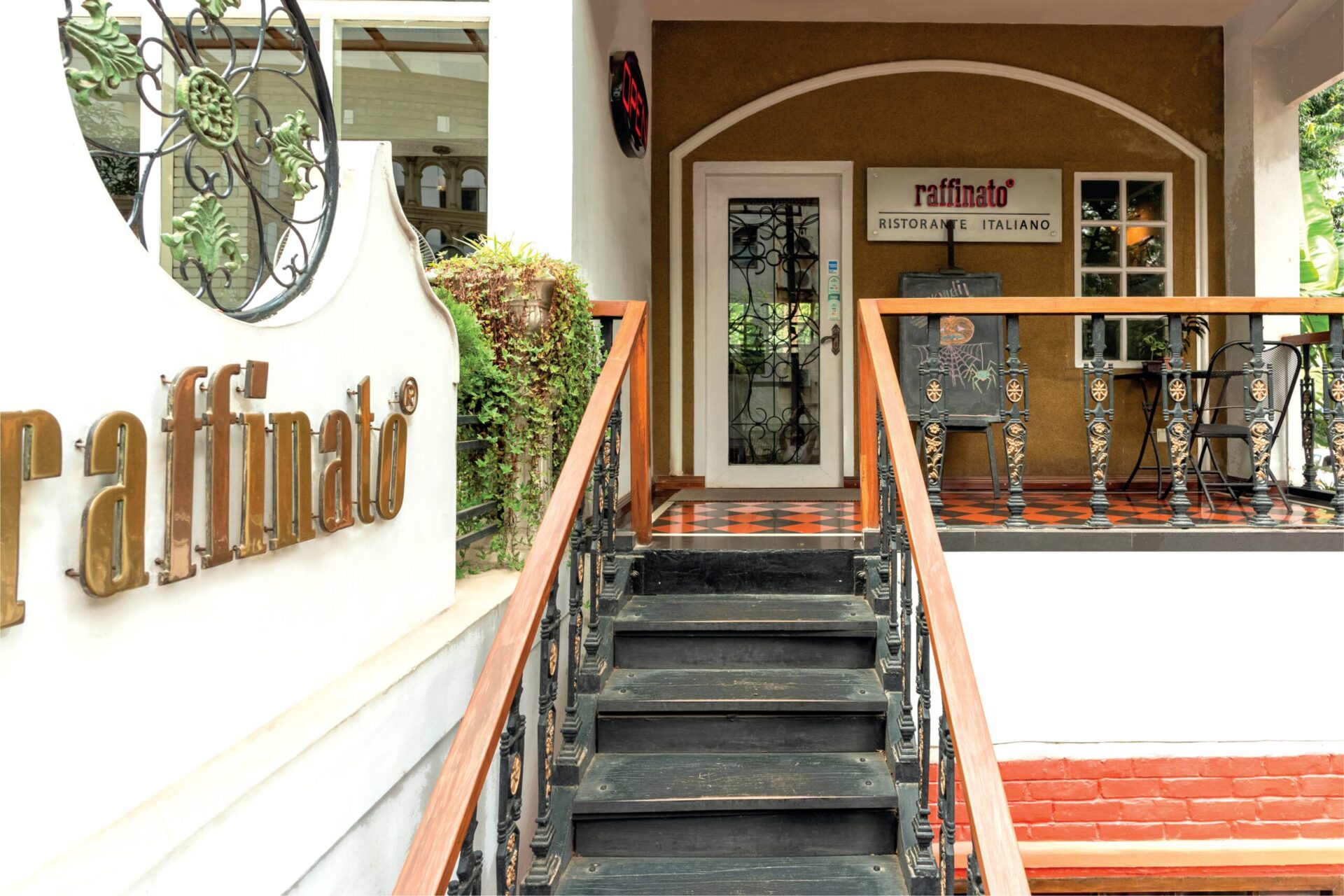 He also mentioned his mentors, who are one of his core Mediterranean heritage influences behind his cuisines, and one of them was Iftekhar Khan, the designer of Raffinato. Just like the name Raffinato, which means “refined” in Italian, the vision behind building this restaurant was to bring authentic Italian experiences, from the interior to the cuisine. It was the brainchild of both Chef Faisal and Iftekhar. When I asked them about bringing this concept to life, they said how they made sure that the demeanour and prestige feel of a brand name must flow flawlessly from the cuisine to the interior; each little element should come together without leaving even the slightest possibility that might make the guest feel a little out of place. When I asked about conceptualising their idea, Iftekhar referred to it as a complex concept since Italian dining can be less formal even at the apex level, but it’s classic and trendy modernist at the same time. It isn’t anywhere close to what’s represented globally as Italian Food or Italian Eateries, as popularised by a few huge international fast-food chains. So, there were a few factors they had to keep in mind, such as including elements that had to be present in realistic quantities and making no exaggeration of one or the other. Exaggerating designs and cuisines both tend to force things into rather comical outcomes.
He also mentioned his mentors, who are one of his core Mediterranean heritage influences behind his cuisines, and one of them was Iftekhar Khan, the designer of Raffinato. Just like the name Raffinato, which means “refined” in Italian, the vision behind building this restaurant was to bring authentic Italian experiences, from the interior to the cuisine. It was the brainchild of both Chef Faisal and Iftekhar. When I asked them about bringing this concept to life, they said how they made sure that the demeanour and prestige feel of a brand name must flow flawlessly from the cuisine to the interior; each little element should come together without leaving even the slightest possibility that might make the guest feel a little out of place. When I asked about conceptualising their idea, Iftekhar referred to it as a complex concept since Italian dining can be less formal even at the apex level, but it’s classic and trendy modernist at the same time. It isn’t anywhere close to what’s represented globally as Italian Food or Italian Eateries, as popularised by a few huge international fast-food chains. So, there were a few factors they had to keep in mind, such as including elements that had to be present in realistic quantities and making no exaggeration of one or the other. Exaggerating designs and cuisines both tend to force things into rather comical outcomes.
